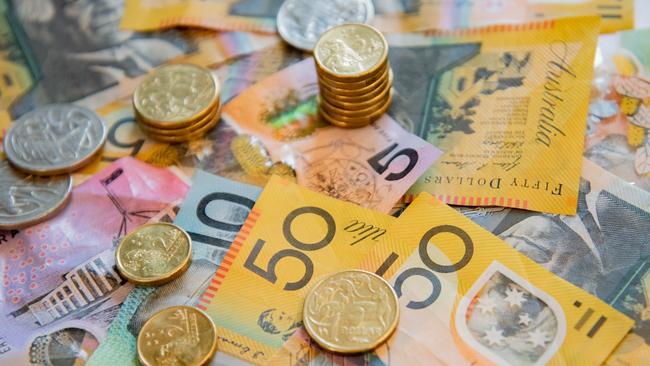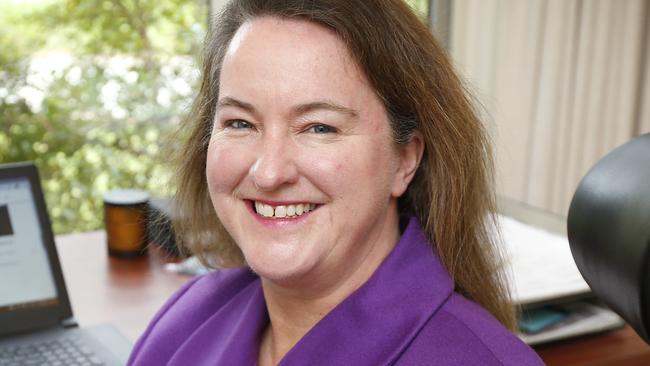Australia’s gender pay gap stagnates with men paid $26,000 more than women
A problem impacting half of Australia’s population – by up to as much as $100,000 – has stagnated with a “failure” to take steps to change it.

Work
Don't miss out on the headlines from Work. Followed categories will be added to My News.
Women are no closer to seeing the gender pay gap closed, as they earned on average $26,600 less than men between 2021 and 2022, with new data revealing attempts to address the disturbing issue have stagnated.
The gender pay gap remains at 22.8 per cent this year, according to the Workplace Gender Equality Agency (WGEA), meaning for every $1 earned by male employees, women earned on average 77c.
The research also revealed that seven in 10 employers have pay gaps that favour men, recording a gender pay gap greater than 5 per cent, while more than half of the 4.5 million employees covered in the WGEA census work are in industries dominated by one gender.
Five industries also recorded pay gaps larger than 20 per cent with the highest difference in construction at 29 per cent.

WGEA’s Employer Gender Equality Census also found that although the number of female CEOs has risen slightly from last year, its still shockingly low with only 22 per cent of Australian CEOs being women.
On top of that, women in senior levels of management also took home nearly $100,000 less than their male counterparts.
The government agency’s data showed a pay gap of 24.5 per cent – an increase of 1.4 per cent in 12 months – for women in key management positions – meaning they earn $99,584 less than men.
The lack of female leadership also comes despite research showing that profitability and productivity increase with more women in key decision-making positions.
Yet, just one in five governing boards in Australia are gender-balanced, while more than one in five boards have no women at all.

Since 2014, the number of boards without women has dropped from 37 per cent to 22 per cent, but this means 72 per cent of boards are still comprised of a significant majority of men. Less than 1 per cent of boards in Australia comprise only women.
Half of Australian employers have set up targets to tackle gender equality, according to a WGEA survey, but only 38 per cent aimed to reduce the gender pay gap and just 19 per cent sought to increase the number of men taking parental leave, while only 14 per cent wanted to boost the number of men in female-dominated roles.
WGEA director Mary Wooldridge said the stagnant gender pay gap must be a signal to employers to implement policies and practices that actually work to improve gender equality, deeming current attempts a “failure”.
“At a time when Australia is experiencing a critical skills and labour shortage, WGEA’s annual Employer Census shows that too many employers have failed to step up on gender equality, leaving many women no better off than they were 12 months ago,” she said.

But she said some leading employers are picking up the pace of change.
“Lasting change requires employers to make bold, creative choices that send a signal to all
employees that gender equality is a core part of their business strategy and a priority for those in leadership and managerial roles,” she said.
“Leading employers are already putting solutions in place that address challenges like workforce shortages by tailoring factory shifts around school pick-up and drop-off times or promoting – and role-modelling – flexible hours or part-time work arrangements among managers and executives.”
Just over half of Australian employers have conducted a gender pay gap analysis, WGEA found, and while it’s an increase of 2.4 per cent in the past 12 months, the results still indicate nearly half have not taken the first step in addressing pay equity.
Originally published as Australia’s gender pay gap stagnates with men paid $26,000 more than women




